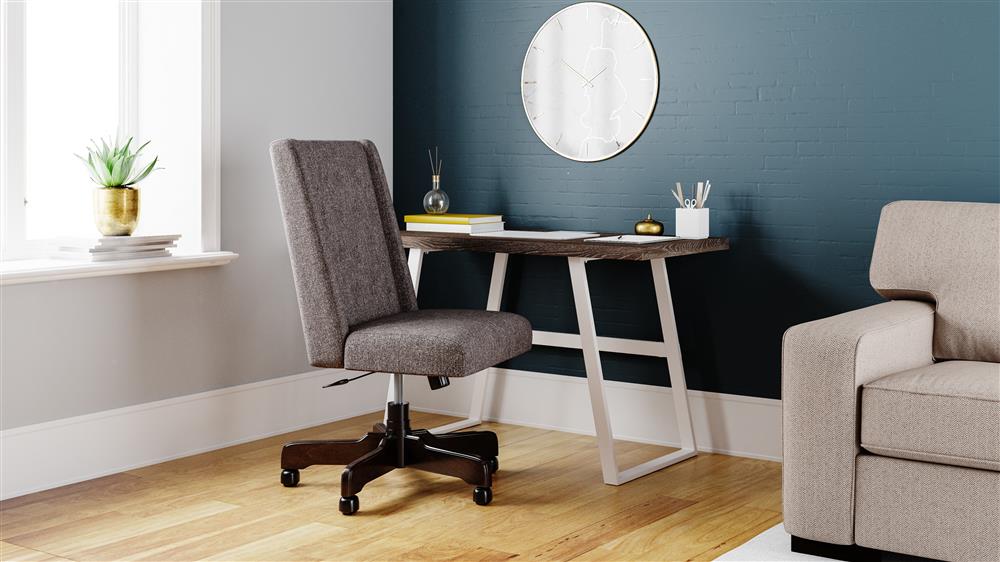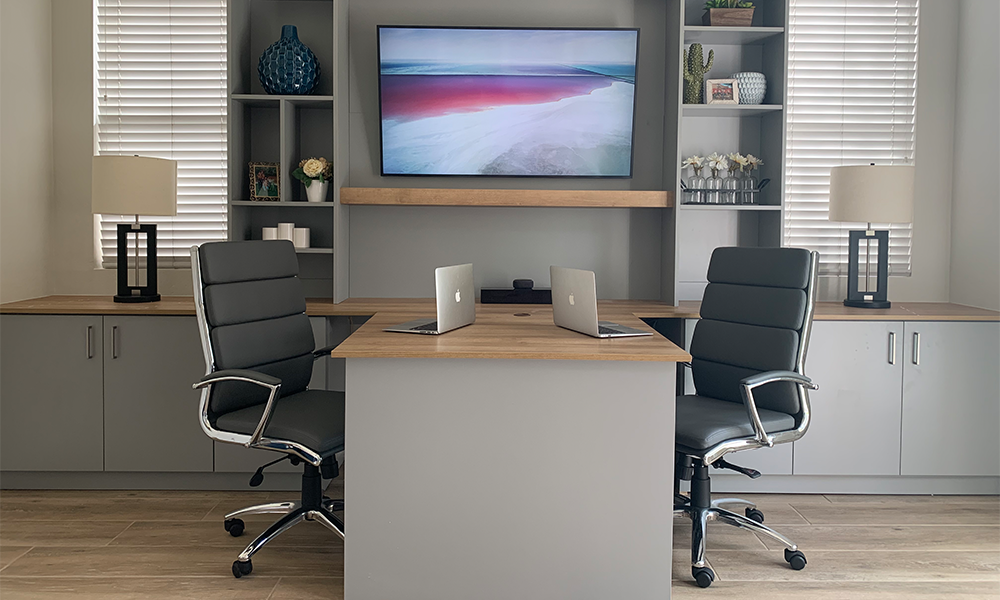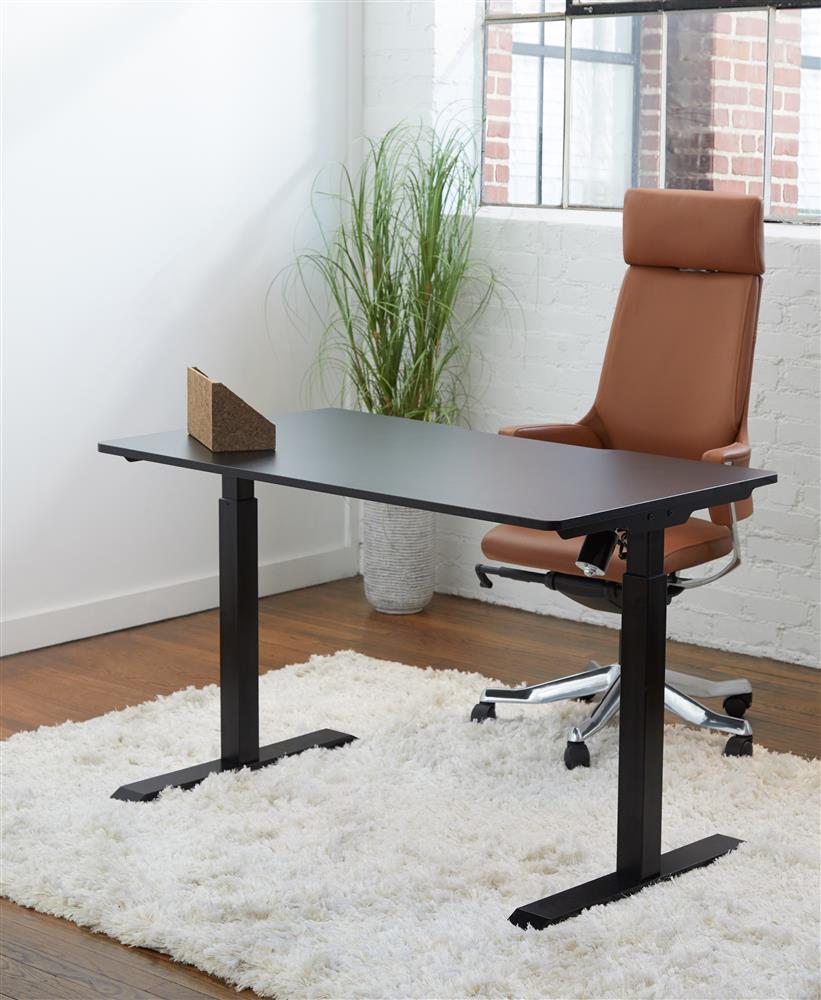As employers continue to shift to hybrid or permanent work from home schedules, more people are looking for ways to incorporate a small-scale office in their living spaces. An estimated 42% of the US workforce works from home full-time. Not only are more people working remotely now, but many job seekers are also doing the process virtually, meaning more on-camera interviews from home.
There’s no need to turn your house or apartment upside-down to create an effective, small-scale home office. Experts say dining rooms are the most popular rooms to incorporate into workspaces, followed by bedrooms, where compact desks and tables can be strategically placed. Smaller desks and stand-up options make impromptu work areas effective and comfortable.
Here are steps to make an effective small scale office space at home:
1. Choose A Room for Your Small Scale Home Office
Dining room – This is a popular choice for people who don’t use this space for eating as much. Flat and sturdy, the dining room table can be made into a safe setup for laptops and still allows room to take written notes. Using a
tiered storage basket makes storing pens, papers, and other tools a breeze and keeps them off the table for easy multipurpose use. Shop our functional dining room tables
here.
Living room and bedroom – Smaller desks work better in frequently used living spaces like the living room and bedroom. Modern, compact designs make fitting a small desk into a corner easier than console-type desks. Natural lighting in both rooms can help with on-camera appearance. Bedroom setups can make it easier for parents to separate from kids playing and watching TV or attending virtual school in another room.

Second or guest bedroom – More people are choosing to double their guest room as a home office space. Slim tables can be converted into workspaces while bookshelves and nightstands keep the overall bedroom look intact.
2. Choosing Furniture For Your Small Scale Home Office
In addition to size and space requirements, most people consider ergonomic furniture a must for their home office.
Ergonomic chairs provide extra padding and lumbar support.
Experts say stand-up desks are also becoming a more popular choice for those looking for both comfort and efficiency.
Using a standing desk can help increase productivity, lower your risk of heart disease, and can help reduce back pain. Electric standing desks make it easy to go from sitting to standing in seconds.
3. Choosing A Background For Your Small Scale Home Office
Now that you’ve picked a room and furniture, you might be wondering about your background—What if they judge my dying plants? What if they hate the color of my walls?
There are small and simple home décor options that can help. Experts note bookshelves and wall art are the most popular choices for a video conferencing background. Bookshelves are perfect for placing small trinkets and accessories, and can also be used as quick storage for files and pens. Accent mirrors and wall clocks can also be used to help add pizzaz to bare walls behind you. Shop
wall clocks and
accents.
Making a small-scale home office can be simple, and doesn’t have to break time or financial budgets at all. Incorporating a remote workspace in a small home or apartment can be done with just a little planning.
Looking for ways to get more creative with your home office space? Check out our other blogs below.












































